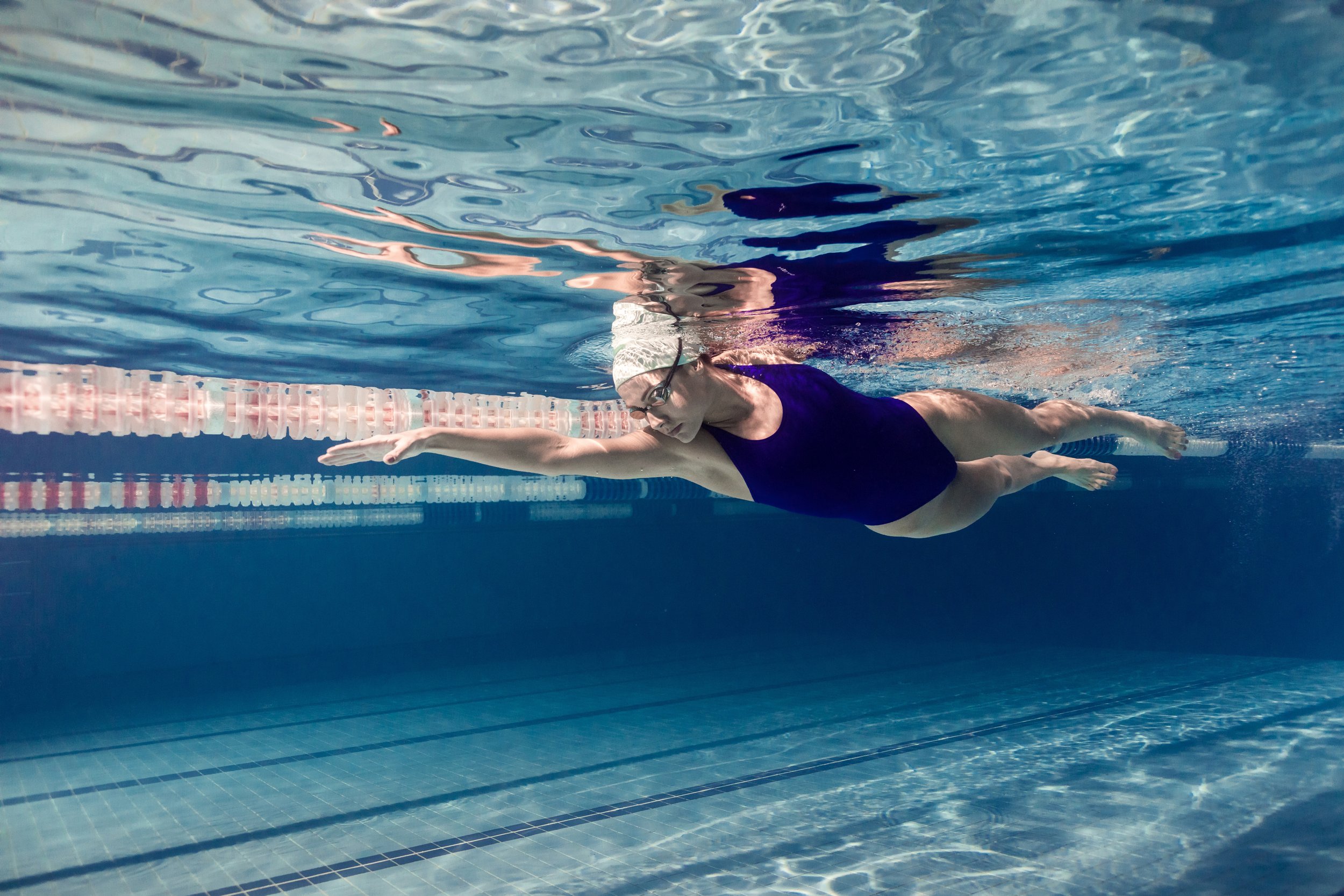
Extensive Endurance Swim Sets (EE)
We appreciate that some terms in swimming can be confusing - here we have a glossary to explain them. If you feel any are missing, please let your coach know and we will update the page. This is more effective than having them on the session descriptions in TP as we would need to update hundreds of sessions.
Below is the description of this specific session type, the aim, how to execute them etc
Intensity
We keep intensity simple in swimming. It can be overly complicated.
Easy (Ez): Warm-up or active recovery. This should be a very comfortable intensity.
Extensive Endurance (Ext End): Describes most intensities below your CSS. STEADY in the description means an easier aerobic effort; TEMPO is a stronger effort akin to your 60-70min swim pace.
Critical Swim Speed (CSS) : Threshold swim pace. Derived from a CSS test session, this equates to your 20-30min best effort.
VO2max (VO2): Describes your ~5-minute best pace. For convenience, we refer to this as 200, 300 or 400PB time, ie if it takes you 5min to swim 300m, your VO2 pace is 1’40. if it takes you 5m30s to swim 300 its 1’50.
Speed (Sp): Describes a pace above VO2max, roughly 50 -100m best-effort pace.
Max is self-evident. The fastest you can go.
Descend - get faster rep to rep.
Build - pace accelerates within every rep.
Varied - the pace within a rep varies sharply, unlike build, where it gradually accelerates.
Other terms
Fc-Bk = Mix free and backstroke.
SKPS = Skim/kick/pull/swim in equal measure
P&P = pull and paddle
B3 (or another number) = breathe every 3 strokes
PBA = Pull Buoy between Ankles
CSS +2s (or another number) = 2s per 100m slower than CSS
CSS -2s (or another number) = 2s per 100m faster than CSS
Rolling = within a rep, there will be faster and easier efforts. The fast will roll through the reps - i.e. 4 x 100 rolling 25 Fast - in rep 1 the fast is the first 25m, and the rest of the 100 is easier. In rep 2, the first 25 is easier, then the fast 25, then 50 easier. And so on.
Session Outline
Extensive Endurance sessions are designed to build endurance, control, and durability.
There is a wide variety of sessions, some are single-paced with lots of repetition, others have a wide range of paces and rep distances.
Training Peaks’ pace prescription is not a perfect tool; it is more important on a day-to-day basis to learn to feel the paces.
Extensive Endurance Pace should feel comfortable; you should be able to maintain your stroke count through the reps, and you should feel like you can accelerate if you need to…… and you will need to!
Watch or no watch?
Here at ITT, we love our data just as much as we love hearing from you. Except in swimming! Swim data from watches is not like data from a power meter or GPS watch. Training Peaks doesn’t really handle it very well (no other platform does either). Small errors in timing are common but significant.
If you want to wear the watch, wear it; it can help you to perform the session, but if you don’t want to wear a watch, don’t. We like to hear your view on how the session went, the ballpark times you hit on significant parts, and how you found it. As coaches, this means much more to us.
Learning to use a pace clock can be more effective and enjoyable experience for your sessions.
